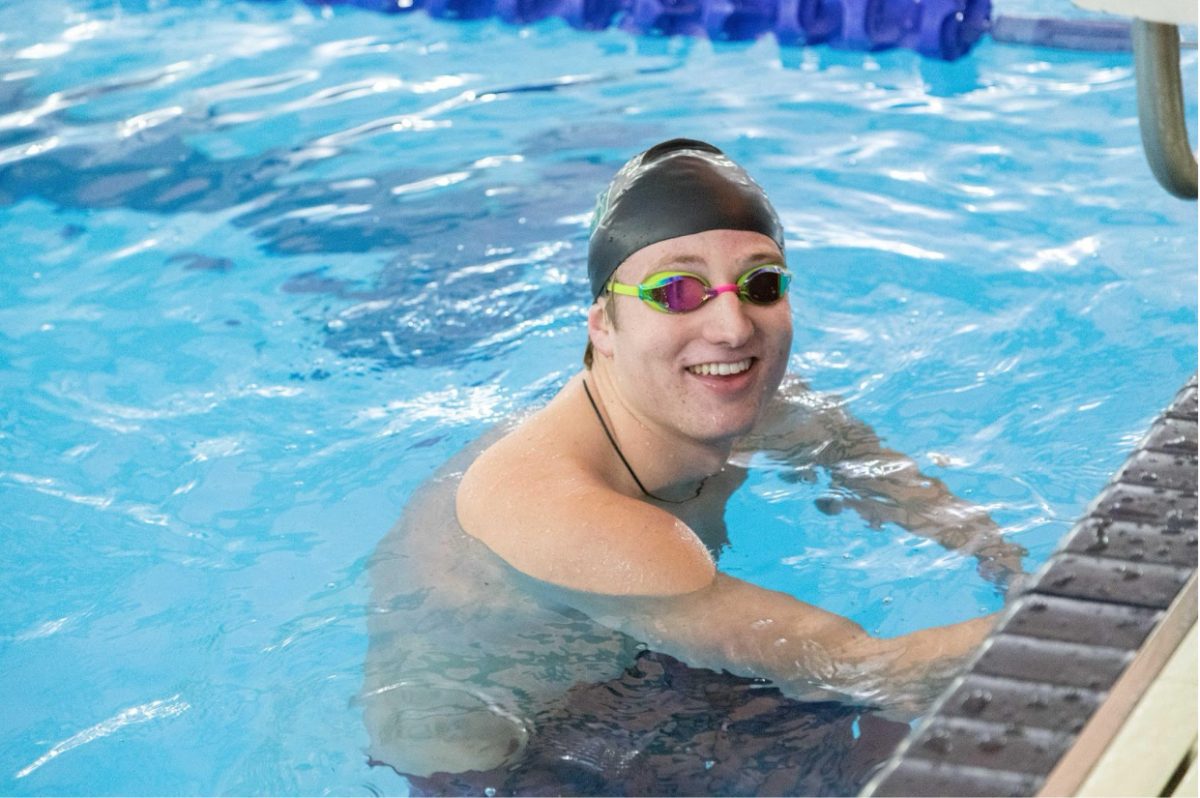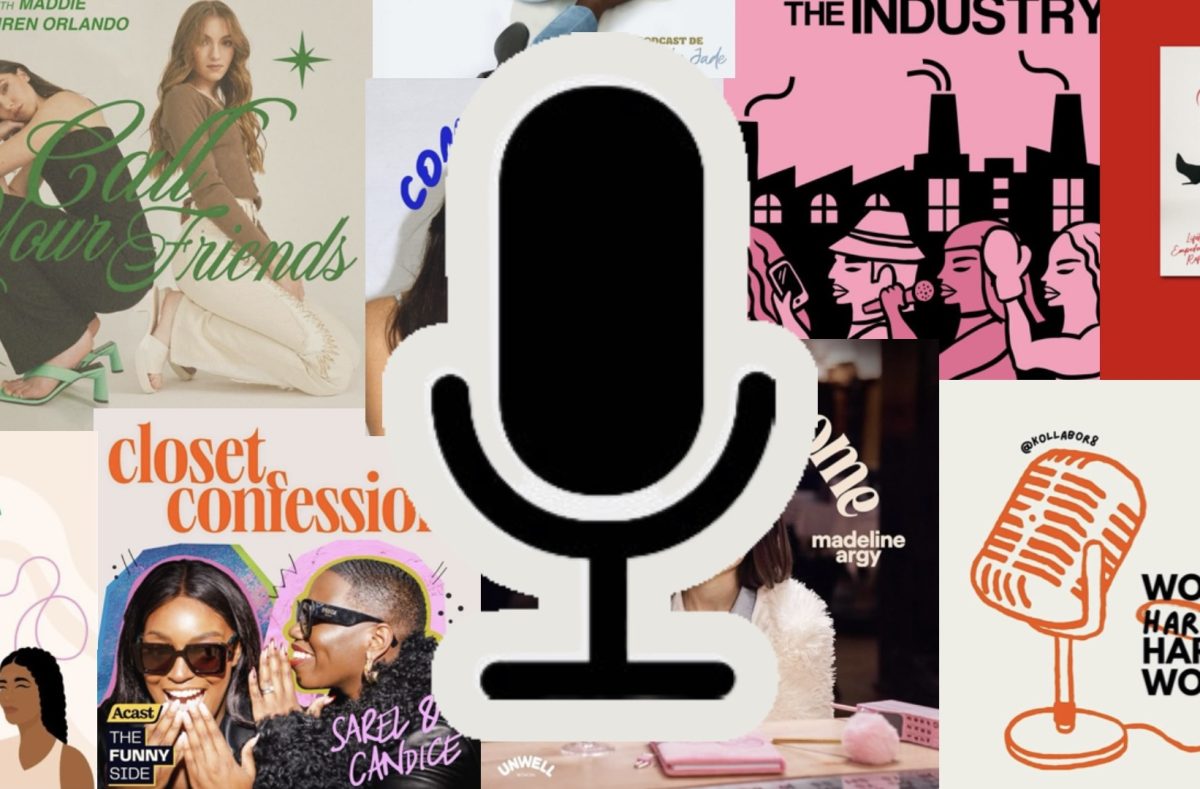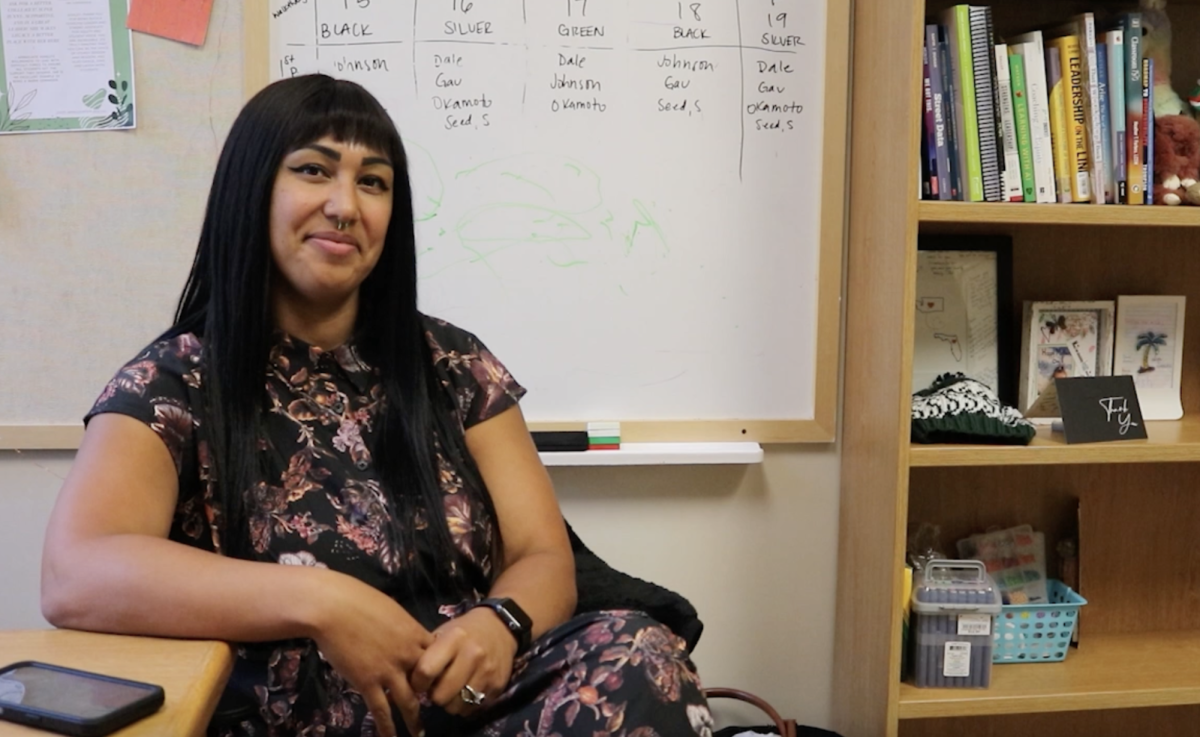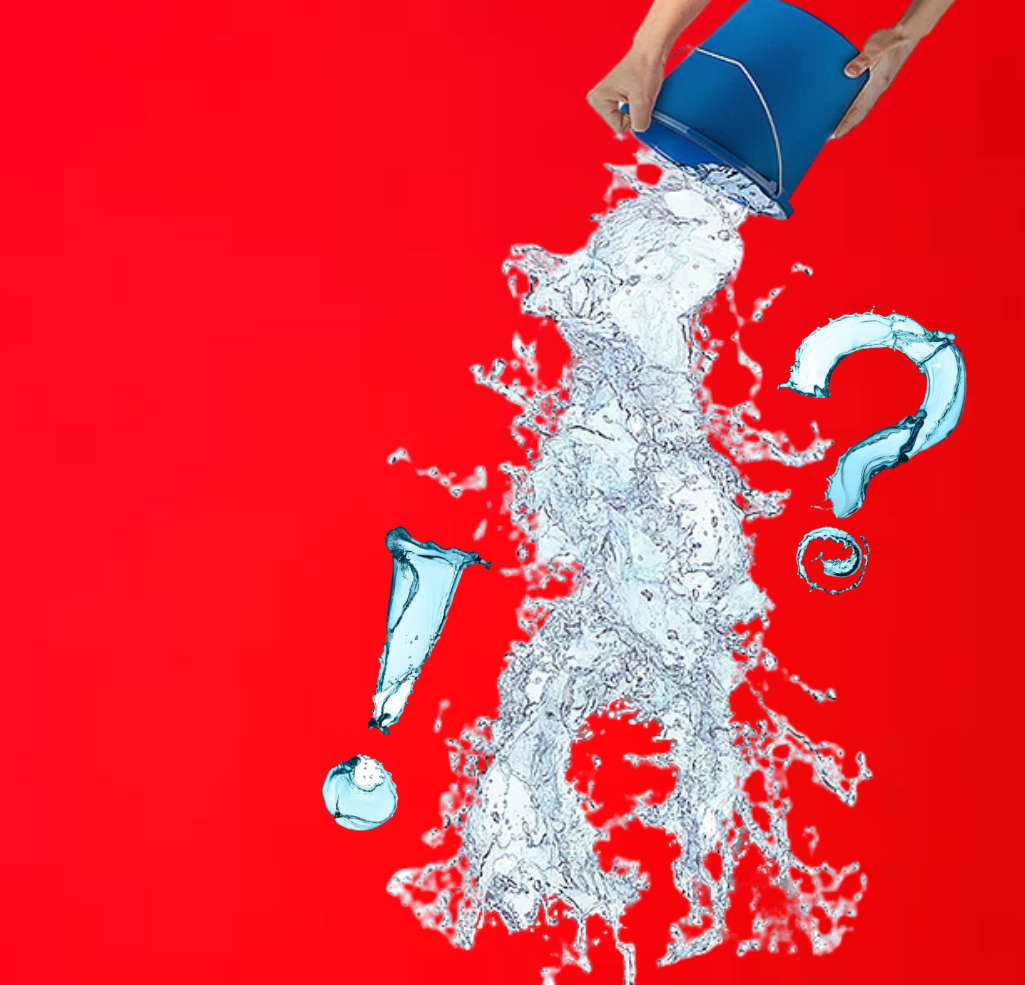What is STUCO? Is it just another high school popularity contest? An additional bullet point to add on students’ extensive college applications? Or could it be something more?
Our own Summit student council has fit these cliches in years past with low school spirit and less student outreach. It’s difficult to picture any student government without thinking of the stereotypes that surround it. While some of the reasons for participating in student government are unavoidable, many choose to be involved for the betterment of the student body.
A strong example of an advocating member is junior Gemma Moussa who has enjoyed advertising for the diversity and equity committee as a STUCO class representative for the past two years.
“Our goal is just to create an environment where it’s fun and inclusive while promoting school spirit and getting everyone to know each other,” said Moussa.
Summit’s very own student council has faced many changes in the past year. Previously run by Jake Oelrich, the class has been taken on by a new advisor: biology and health careers teacher Krista Brines. Last year, Oelrich changed the set-up of STUCO , allowing four representatives per grade compared to the usual two. This has boosted the size of the class, causing the typical 18 to increase to a whopping 27 which has been a difficult adjustment.
Oelrich also implemented a new policy regarding how students are selected for student council. While executive board members like President and Vice President are elected by the student body, class representatives must undergo an interview process, administered by the advisor and highly ranked members. This has contributed to exclusivity regarding new candidates within different STUCO divisions.
The class is organized into 13 job categories: President, Vice President, Public Relations Managers, Spirit Commissioners, Assembly Coordinators, Diverse/Equity/Mental Health Advocates, Campus Enhancement Officer, Community Service Coordinator, Videographer, and Class Representative (four for each grade).
Under Brines’s guidance, the class’s effect on Summit has already increased exponentially. She’s had a hand in coordinating highly entertaining assemblies, creating more widespread announcements and cultivating an overall sense of community and school spirit.
While these improvements have helped push STUCO closer to their goal environment, this growth hasn’t come without difficulties. In previous years there were issues with people prioritizing STUCO’s image over the purpose behind it. Like any form of real government, it’s essential for candidates to appreciate the purpose of their position, rather than its benefit to them personally. These morals are crucial factors to having motivation and a good work ethic. Former STUCO class representative and Summit Senior Islay Andersen acknowledged the lack of this in years past.
“They have the platform to create massive impact, and they weren’t utilizing it, and I didn’t want to be a part of that anymore if I didn’t have the power to make change,” said Andersen.
She recognized that while STUCO was an enjoyable experience, she was disappointed by the outcome of their initiatives. Echoing her sentiments, Junior Representative Moussa pointed out that many STUCO members come from the same social circle, feeding the stereotype that elections are a “popularity contest.”
“I feel like most of the people on student council have a certain status. Not everyone, but a lot of them come from the same friend group which can be kind of hard,” said Moussa.
However, with any election system it’s inevitable that the most popular candidate will win, and in many cases this draws from a certain crowd at school. Still at the end of the day, many students who aren’t big fans of STUCO should recognize that in many cases this is unavoidable—especially in high school.
“My big question is what is popular? Give yourself one step out of high school when you graduate and you look back and go, it’s nothing,” said Brines.
Despite these challenges, Brines is committed to fostering a more inclusive environment while preserving the fun energy and school spirit that defines STUCO. So far, she has guided the counsel through its first major events of the year, setting a standard for the message they aim to project.
“I think that [STUCO] needs to have a greater exposure to the entire school population. That this is something you can be a part of,” said Brines. “You do not have to be part of a legacy. You can be new to the system and be a part of it. And it’s a great way to be involved with your school.”
Coming into this role, Brines is no stranger to the inner workings of classes like these. With experience being the activities director at Mountain View, as well as her many years teaching and working with students, Summit is very lucky she agreed to take on this position. This year, her hope is to have the class be mostly student led while offering access to necessities like funds and data. Brines has many other goals she is seeking to accomplish with the student council that will hopefully unite the school and get rid of the prejudice around STUCO.
“[I’m prioritizing] one, to break down barriers. That student council is just for a select few of students. Two, to make sure that we communicate to the school that we have great events and that all are invited. Three, to connect the dots between all parts of the school, including theater, arts, clubs, athletics and your daily attender,” said Brines. “All those are the dots I’m trying to connect this year.”
She emphasizes that as a “daily attender,” or average summit student, everyone is of equal value regardless of sports achievements, extracurriculars, and levels of engagement in school. Brines wants it to be clear that no matter what corner of Summit a student comes from, they are welcome and should be celebrated.


































Reggie Strom • Dec 18, 2024 at 7:51 pm
This article completely misses the mark in addressing the bigger issue: it remains a popularity contest that fails to truly unify the school or support the performing arts. While there have been changes to increase involvement and promote inclusivity, the council still tends to prioritize social events that cater to the more popular students, leaving groups like theatre and the arts on the back-burner. The rhetoric about fostering community falls flat when essential student groups don’t receive the support they deserve. Until STUCO starts prioritizing all students—especially those involved in underrepresented areas like the arts—it will continue to miss the opportunity to genuinely unite Summit.